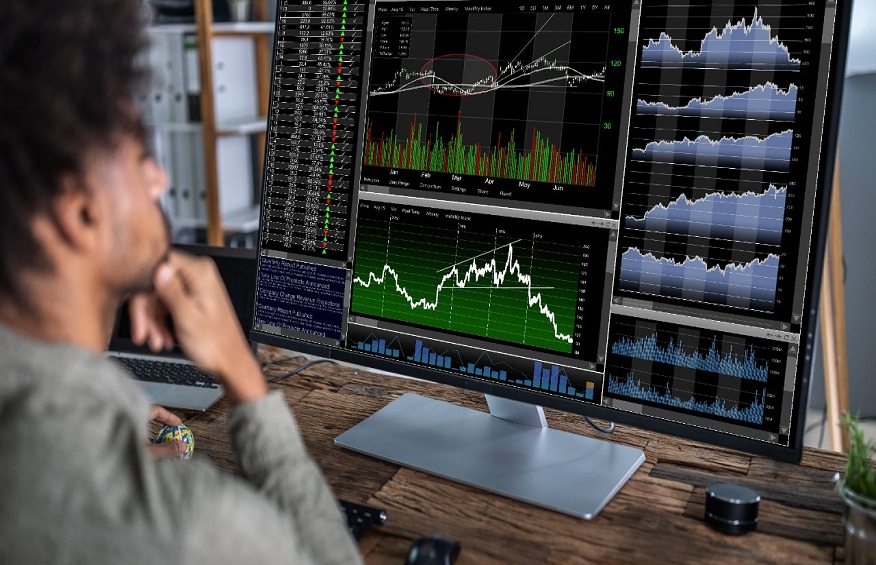Are you an experienced trader in the Sydney area looking for advanced techniques to improve your risk management with CFDs? Risk management is critical in trading, and understanding how best to manage market risks can be difficult. Fortunately, there are effective strategies that every investor should become aware of for maximizing potential profits and minimizing losses.
This article will explore some of the most valuable risk management techniques related explicitly to CFD trading in Sydney – from basic concepts like stop losses and entry points up to more advanced techniques such as trend analysis.
What are CFDs, and why should you know about them if you’re an experienced trader in Sydney?
As an experienced investor in Sydney, you’ve undoubtedly heard of Contracts for Difference (CFDs). They are a smart way to trade on the markets due to the low capital requirements and potential for high returns. CFDs are derivative products, allowing traders to speculate on different market movements without owning the underlying asset. In Sydney, CFDs offer trading opportunities on Forex, indices, commodities and cryptocurrencies.
With a leverage of up to 1:500 offered by regulated brokers, CFDs are an attractive option for traders with limited capital. What’s more, most CFD trades involve no commission or transaction charges, making them highly cost-effective compared with other forms of investing. Suppose you’re an experienced trader in Sydney looking to diversify or add to your portfolio. In that case, educating yourself on CFDs is worth considering, as there is much potential for high rewards.
Understanding the different types of CFD risk
The main risk associated with CFDs is the potential for significant losses due to leverage or margin trading. Traders open a CFD account and deposit an initial margin amount, typically 10-20% of their total position size, and this is then used as collateral for any open positions. Leverage magnifies profits but can also magnify losses if your trades move against you.
Risk management is so important when trading CFDs in Sydney – you need effective strategies to find yourself with a much more significant than expected loss on your open positions. Other risks include market volatility, liquidity, and counterparty risk, which refers to the broker’s insolvency. All these should be taken into consideration before opening a CFD account.
How to mitigate the risks associated with CFDs
The most critical risk management tool for traders is stop loss. A stop-loss order is an instruction placed with a broker to open or close a trade if it reaches a certain price level – either above your entry point (a sell limit) or below your entry point (a buy limit). It can protect open positions from significant losses and should always be part of any CFD trading strategy.
Another effective way of managing risk when dealing with CFDs in Sydney is trend analysis. By carefully studying the historical data, you can identify potential trends that could influence the direction of future movement in the markets. It helps traders make more informed decisions about which assets to open positions on and allows them to manage their open trades better.
Finally, it’s important to remember the benefits of diversification. By spreading your investments across different asset classes, you can minimize the risk of significant losses if one sector or market experiences a downturn.
Strategies for managing CFD trading risk in volatile markets
In volatile markets, traders should always be prepared for sudden price movements. It’s crucial to open positions with a stop loss in place and use limit orders which can be used to open or close a trade at a predetermined level. It allows you to take advantage of market opportunities without being exposed to huge losses due to leverage.
Scaling into and out of trades is another effective strategy in volatile markets, as it allows you to open more minor positions while limiting your risk exposure. For example, if you open a position at 0.5% of your account balance but the price suddenly moves against you, scaling in will allow you to open additional positions at lower levels before the trend reverses. It can help you maximize profits while keeping your open trades under control.
Finally, open a CFD account with a reputable broker and ensure you are thoroughly familiar with their terms and conditions before opening any positions. It will ensure sufficient protection in the insolvency or other unexpected circumstances.
Conclusion
CFDs can potentially be a lucrative investment option, but they also come with a wide range of risks that must be managed effectively. By understanding the different types of risk associated with these instruments, knowing how to open and close trades safely and using effective strategies to manage open positions in volatile markets, experienced traders in Sydney can significantly reduce their risk exposure while maximizing their potential profits.

